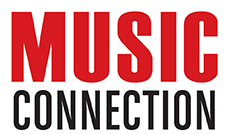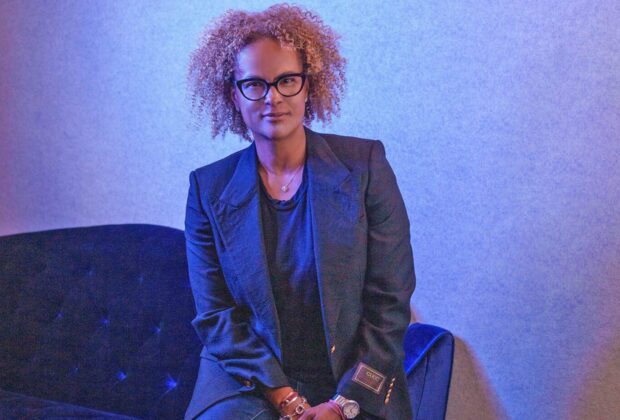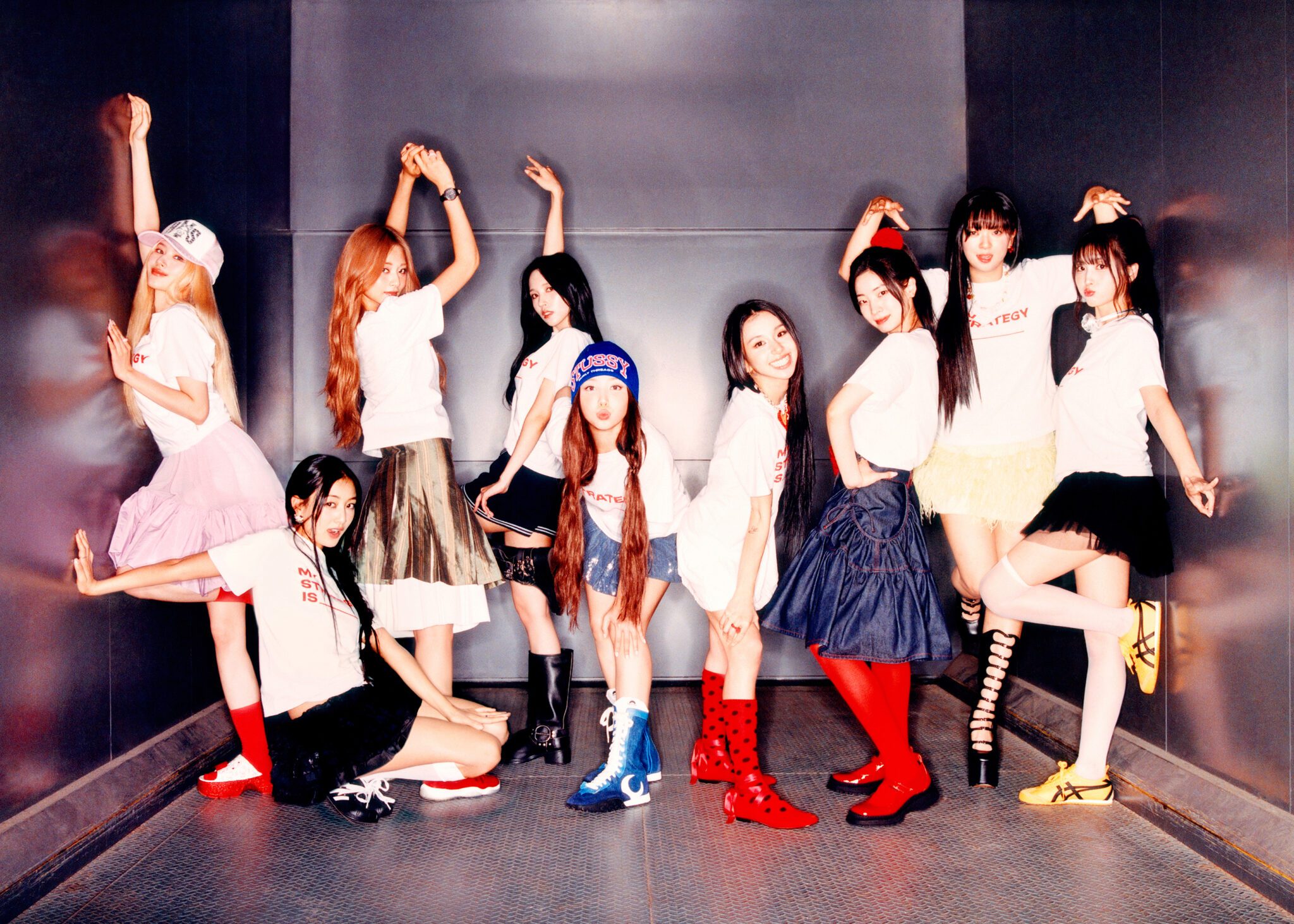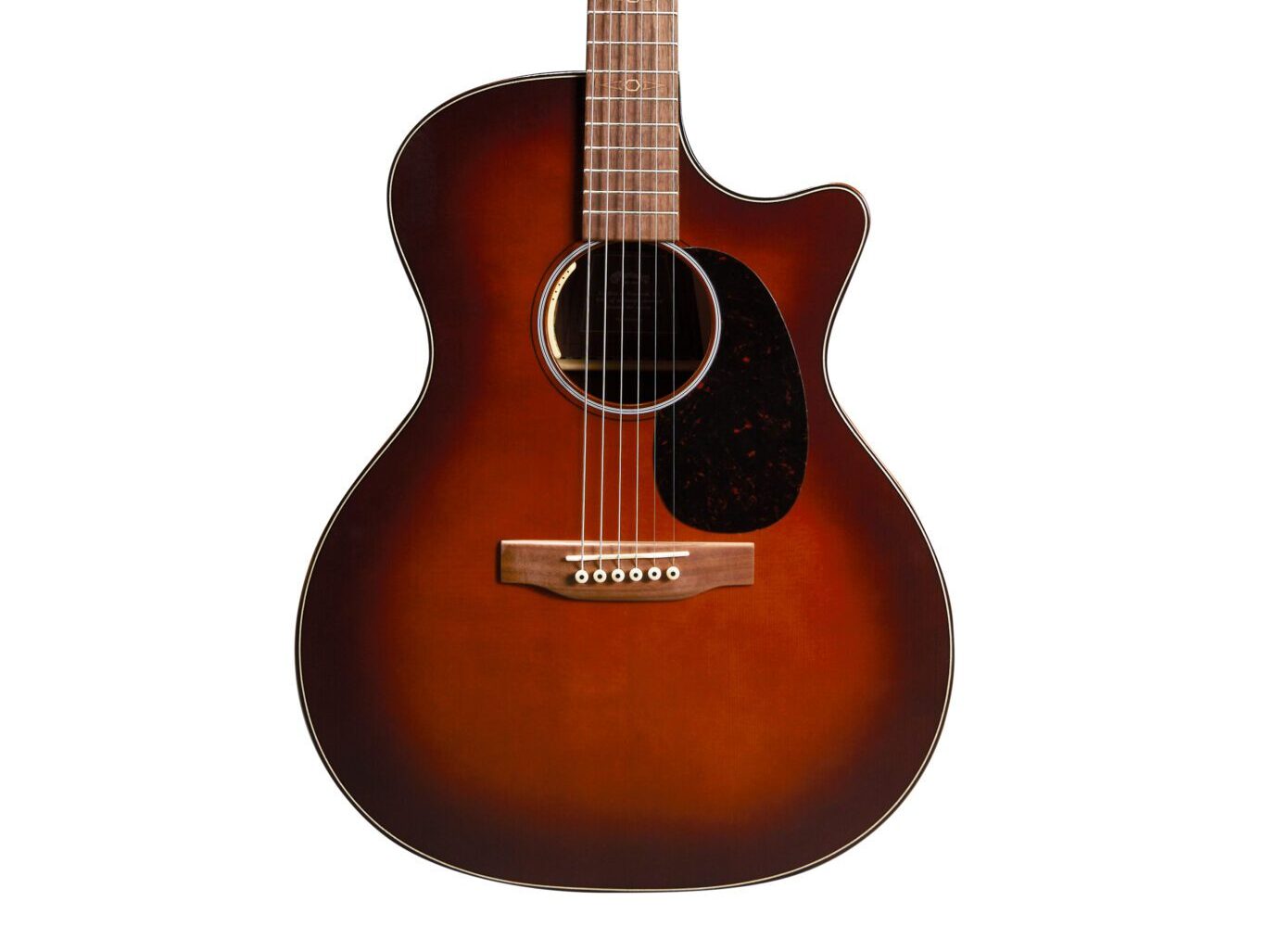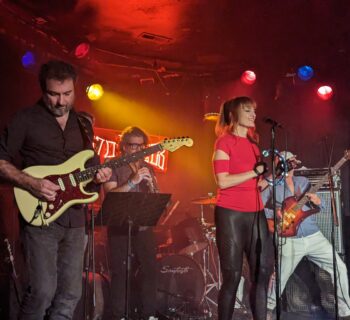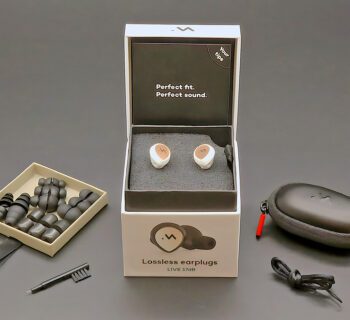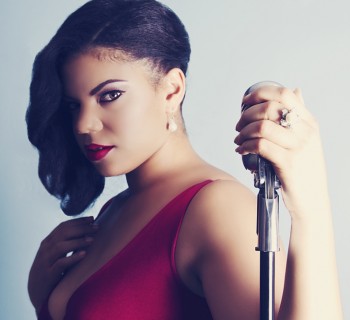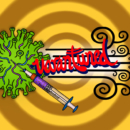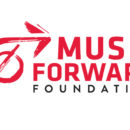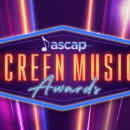No matter how brilliant an artist might be, that creator is likely to toil in obscurity until an A&R person helps bring that person’s talents to the masses. These mysterious industry representatives are the ones in the trenches searching tirelessly for musical diamonds who deserve a brighter spotlight. To kick off the year, MC spoke with three A&R standouts to learn more about this often-misunderstood occupation.
Donna Caseine serves on the publishing side. Clients of hers include Joe Walsh, Ben Harper, and Joni Mitchell. Pete Ganbarg is an industry legend with two Grammys and an impressive tenure as President of A&R at Atlantic Records. Besides founding Puretone Records, he created a popular interview series, Rock & Roll High School. A younger A&R, Chelsea Shear represents the electronic side. As Lead A&R for indie label Monstercat, she’s responsible for the outfit’s bass-heavy brand. Previously, she worked at Skrillex’s OWSLA. Together, these VIPs paint a vivid picture of what it means to walk in their shoes.
Donna Caseine
EVP, Global Creative Director, Reservoir
What are your favorite platforms and internet-related techniques for finding artists outside of TikTok, YouTube and Spotify?
You forgot Instagram! Chartmetric would be another. I’m not really a research-driven publisher A&R person. I go by my ears and seeing what’s reacting.
What are the key elements you look for in artists?
It’s always going to be that “it” factor, that intangible. That person, that energy, that charisma, that separates them from mere mortals. And coming from a publishing standpoint, the song. It’s the storyteller that grabs me.
How do you learn to identify a good song?
It’s the song that stays in your ears and won’t let go. It’s that melody that grabs you, that lyric. You’re humming a song and you’re like, “What is that?” It’s a demo that I’m singing like it’s been in my life for days, weeks, or months.
What are the factors outside of musicality that you look for?
It’s the belief to succeed. And you’re looking for partners, someone who wants this as much as I do. They have a will to succeed. They’re not waiting for the phone to ring. Being proactive is really important. And you have to have luck. We all need luck.
As an A&R person, you have to put out fires. How do you develop the tools to smooth over disagreements about credits?
It’s patience, timing, and having frank conversations. Hopefully, everyone has a desire for resolution. Sometimes when there’s a split dispute, you have to go back to the beginning about how [a song] was created. Sometimes it’s waiting for people to come to the table. They need to go back to their writers or partners and seek a fair compromise. When people work together a lot, it doesn’t come up as much.
How can aspiring A&R reps get into the profession?
You get in wherever you can. I grew up in the recording studio business here in Los Angeles. As a kid, I didn’t know about the job until I got in. I knew about recording studios, producers, engineers and mixers. And A&R people who would come to the studio. I wanted to be an A&R person working for a label. I didn’t know there is an A&R function with music publishing. That happened for me when I was working for a producer in high school. He was like, “Listen to these songs and tell me who you think could sing them.” I had no idea that was a job.
Many years ago, I hired a kid out of USC. He thought he wanted to be a music publisher. And then he decided he didn’t. And I was like, “If this is not your path, don’t get stuck. Figure out what other aspect of music is your passion.” And he did. He ended up working in the distribution arm of Universal, because that was more aligned with what he wanted to do.
Don’t be so myopic that you look past opportunities.
Yeah. A friend of mine asked if I would speak to her niece. This wonderful student in Michigan was like, “I love going to shows.” I go, “There are shows in your college town. Go into one of those venues and talk to the booker.” She’s like, “What’s a booker?” Internships are wonderful. You may be interning in one department and, while you’re there, use the opportunity to ask people if you could have 30 minutes of their time where you could sit with them and ask what they do.
What are the challenges of being an A&R as a woman?
Maybe when I started there was an apprehension about safety going into studios. But in this day and age, both genders should be conscious about the rooms they’re walking into. It’s a great question. I just know that every morning I’ve always woken up being a woman. I wake up being a woman of color every day of my life. So how would I approach it differently? I have no desire to change either of those things. I just have to plow forward.
You push past it all and become a success anyway.
There are many doors that can open. Have a short-term memory. Not everything is a slight. If someone doesn’t get back to you, you don’t know what their day was like. Maybe they’re busy. You get emails, calls, family things. You get pulled into a meeting. Have persistence without being annoying. You’ve just got to keep moving.
What else would you like to add?
To paraphrase Nietzsche—a life without music would be a mistake. Music is so valuable. You go into a restaurant and there might be music playing. How does it change your environment? There are reasons why people have wedding songs; it’s because music is important and treasured. And it’s an endless discovery. I’m looking forward to hearing the song that’s being created today and tomorrow. And I’m looking forward to hearing songs that were written 20 years ago.
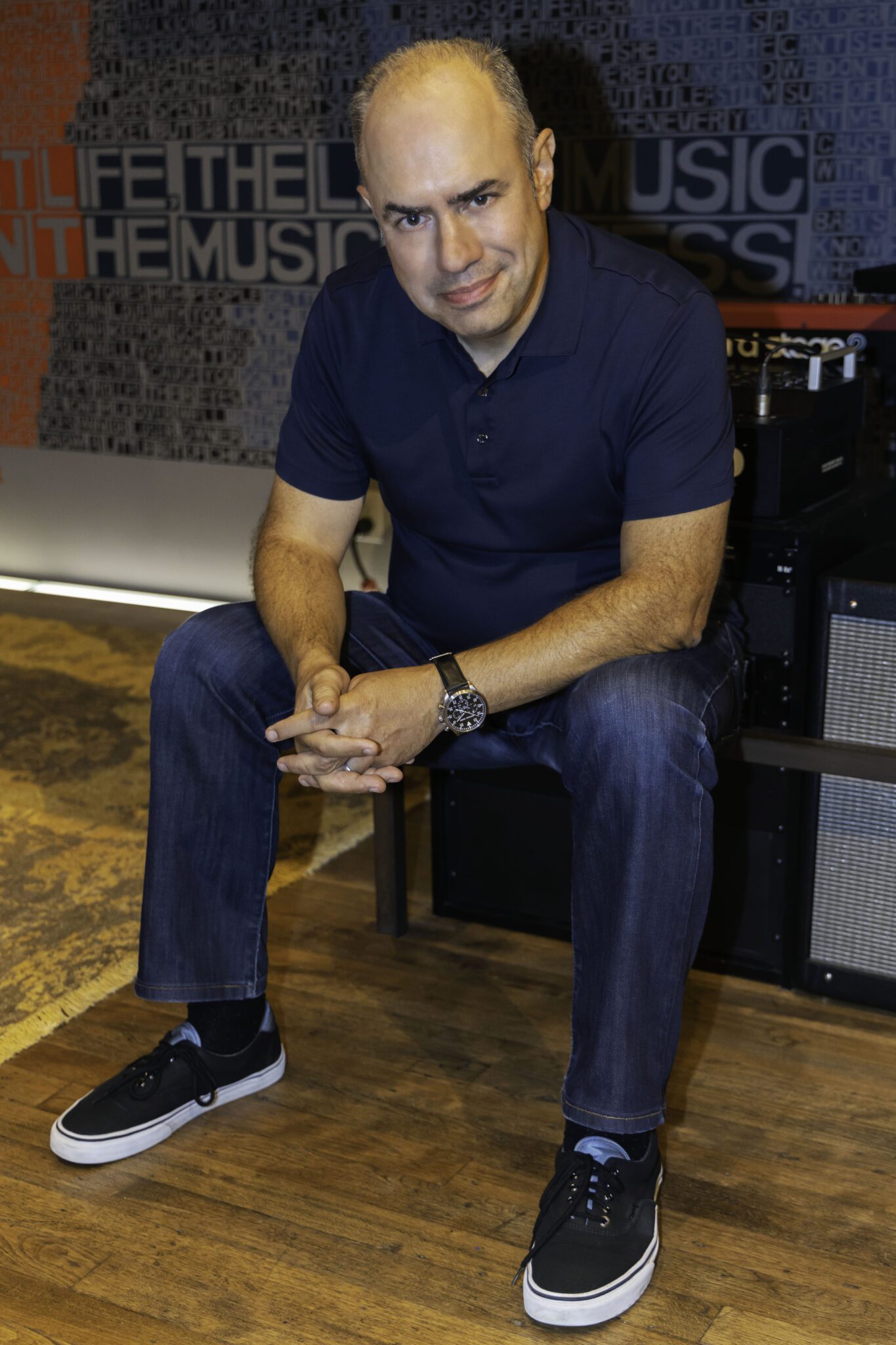
Pete Ganbarg
President, Puretone Records
What are your favorite platforms and internet-related techniques for finding artists outside of TikTok, YouTube, and Spotify?
Basically, I keep my ear to the wind. I subscribe to a lot of aggregate music blog-type sites. If something starts charting on any platform, I get a notification. If it seems interesting, I’ll add it to a playlist and start listening. And then one thing leads to another. “If you like this song, have you heard this?” So it’s a combination of being fed research tips from outside platforms and then letting the algorithm do the rest.
Are there upcoming platforms you see as being hotbeds of activity?
There are some I subscribe to. One is called Soundcharts. Another is called Spot On Track. For the money I pay, it’s definitely worth it.
What are the key elements you look for in an artist?
Ultimately, it’s something that is going to connect with an audience. The style of music doesn’t matter. Is there an audience for this? And is the audience going to listen to it over and over? And buy a hard ticket and merch? A lot of what we’re doing as A&R people is projecting. Sometimes our projections are right, and sometimes they’re wrong. But if we could be right enough to where, when we are right it’s a big right, then the ones that were not right-on are okay, too.
Are there factors you look for in artists outside of musicality?
It’s different now than it was a decade or two ago. Anyone can release music at any point and have it be available to anyone in the world. If people are doing that without any backing, label or production company, and the audience is connecting with it, that’s all I need. My opinion doesn’t matter. The audience has already voted.
How do you develop the skills to deal with the fires that come up in your job?
A lot of that is based on experience. Once you’ve been doing it for many decades, chances are the fires you’re seeing aren’t new. It’s going to be a new fire dressed up in a contemporary way. I worked for Clive Davis for around a dozen years. And what I loved about working for him was there was no crisis he hadn’t seen before.
Did he teach you how to identify a hit song?
He taught me everything. You don’t work for Clive and not come out the other side being a better A&R.
How can aspiring A&R reps get into the profession?
It’s a lot easier to do now, because there’s a lot more music available. Everybody has the same tools. It’s just about who’s going to dig deeper and find the right things.
What spurred you to start the Rock and Roll High School Podcast?
I realized a long time ago that a lot of the younger A&Rs didn’t know a lot about music beyond the present day. If you’re talking to an artist, you need to be fluent in whatever they’re excited about. So I dusted off a teaching degree and started a class. “This is James Brown. This is Chuck Berry. This is Little Richard. This is Buddy Holly. This is The Everly Brothers.” And they were eager to learn.
By the time I got to the present day, not only did I have more people wanting to learn, but I also realized I needed to change it up a bit and started bringing in guests. So I brought in Clive Davis. I brought in Graham Nash. I brought in Gamble and Huff. And I brought in Nile Rodgers. Hundreds of people would show up.
During the pandemic, I got a call from the head of global HR for Warner Music Group who had heard about the class. “These interviews you’re doing, now that everybody’s working remotely can you do them on Zoom?” And I said, “Sure.” It was easy to press record and repurpose [these lectures] into a podcast. We’re now close to 50 episodes. It’s fun for me, because I get to learn along with my audience.
Are the fundamentals of A&R the same as when you started?
I think they are. A&R as a skillset doesn’t change. It’s still about finding the artist that is going to appeal to a large audience and making sure the material they’re recording is going to complement their artistry. People hear the letters “A” and “R” all the time, but they don’t realize what they stand for. The perfect definition of A&R is when you pair the brilliant voice, the “A,” with the iconic copyright, the “R.” So whether that’s Aretha Franklin singing “Respect,” Whitney Houston singing “I Will Always Love You,” or Karen Carpenter singing “Superstar,” you have the most iconic voices singing evergreen copyrights. That never goes away.
Is there anything else you want to add?
There’s always going to be a need for A&R. Technology changes, but the core role of A&R doesn’t. As long as people want to discover their next favorite artist or song, they’re going to need an A&R person behind the scenes making it happen.
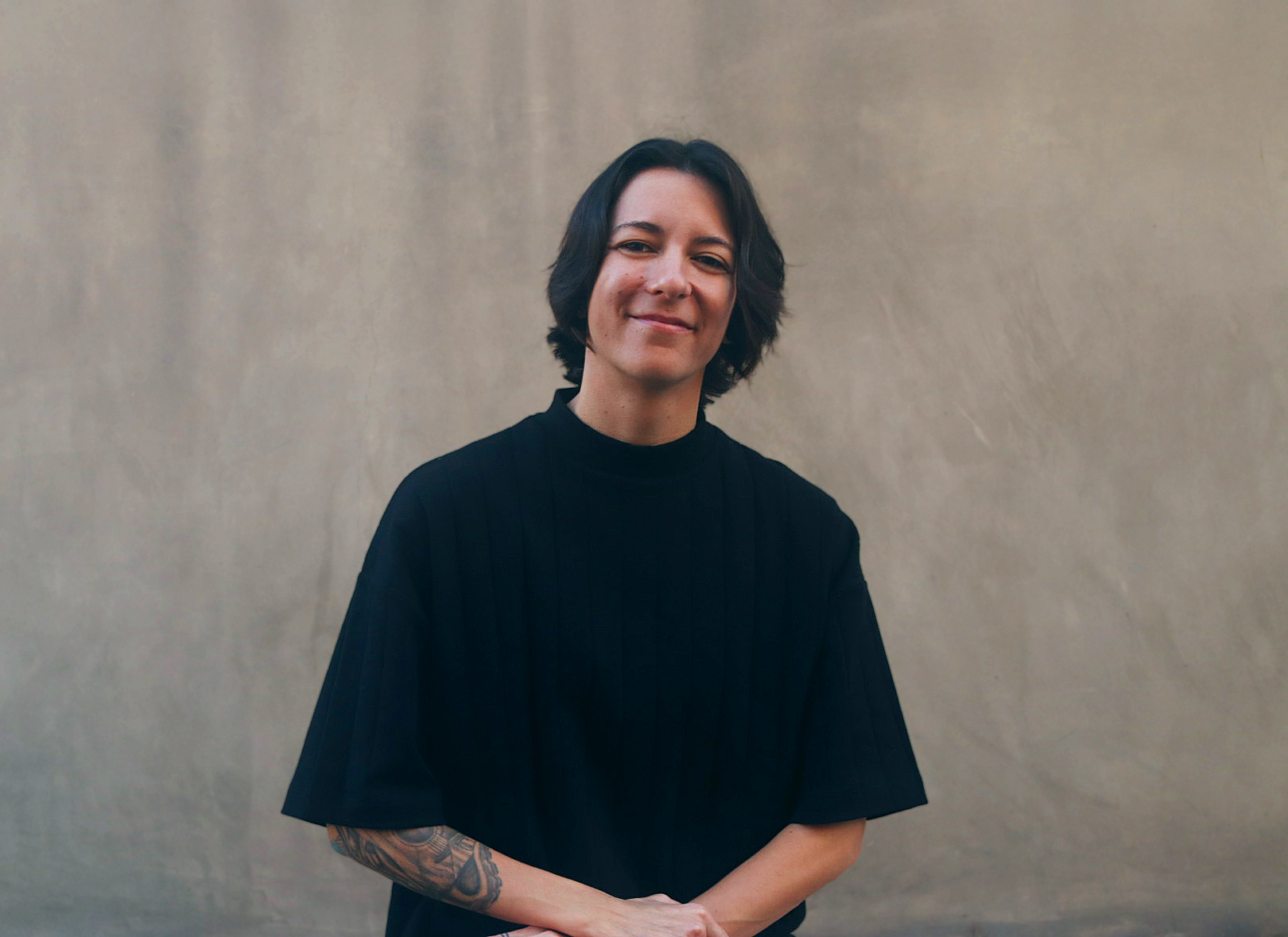
Chelsea Shear
Lead A&R, Monstercat
What are your favorite platforms and internet-related techniques for finding artists?
I came into learning about A&R from a research-based standpoint, going to shows, checking out DJ shows in L.A., as well as going on different sites. I try not to keep too pigeonholed. You never know what will pop up. I’ll look at dance periodicals and music industry periodicals in general. I try to get a really good picture of what’s going on in the music industry and then dial it back into the dance side. Scouring Spotify and Soundcloud, YouTube, word of mouth... And then going to festivals and trying to [figure out] who’s having that uptick in momentum.
Do you see any new platforms starting to take hold?
TikTok and Instagram are, I think, artists’ main go-tos right now. Twitter and Facebook aren’t as much of a priority these days. I do a lot of scrolling to see who’s active, who’s constantly promoting their music. In terms of new apps, I haven’t been familiar with artists using anything new in relation to content and promo. But I do see a lot of new apps that are more on the side of being a resource for artists. There’s one called Roadie that helps artists manage themselves and put together a game plan.
What are the elements you look for in an artist? What makes you want to sign someone?
I look to work collaboratively with artists and teams to assure the music aligns with our roster goals as well as company goals. I like to build strong personal and professional relationships with my artists to make sure it’s a partnership where I can empower them to reach new creative heights. We try to hone in on music that aligns with what we’re releasing, aligns with the current state of dance music, and beyond that making sure the song or package is compelling and impactful. I take a lot of pride in that quality control aspect, because there’s a lot of it out there. Sifting through the weeds can be daunting. I really try to make sure that, if I’m bringing something on, it’s objectively aligned with what we’re doing as a label, what’s up-and-coming in dance music, and seeing if we can support the artist.
How do you develop the skills to deal with the challenges of A&R, both personally and otherwise?
Being an A&R is a mixture of being a support system and a therapist. [You also have to] have a good understanding of who that artist is, what their music sounds like, and what their goals are. It takes a lot of ear training, having an understanding of the space, and getting to know the artist on both a personal and professional level. That allows me to speak to their needs. Sometimes, it takes a little more massaging and tact. For some artists, I try to guide them. Some artists are reluctant to let someone into the creative process. If they’re on the side of not wanting to take feedback, I honor that boundary. And then with artists who are inclined to work together, I spend the time to understand what they’re into.
How can aspiring A&R reps get into the profession?
Get into a space where you can learn the ropes, whether it be a studio internship or going to a school or program that gives you insight on your next step. Try to see if there’s a label or entity that aligns with your passion, reach out and get your foot in the door that way. I know a lot of A&Rs who are also managers. A lot of people get their start working with friends. A&R these days can be a number of things.
Are you aware of any differences between doing A&R in the dance genres and others?
In the dance world, it’s mostly a lot of independent companies. At the majors, there are much bigger rosters, and I’m sure it’s harder to be hands-on. I’ve worked with A&Rs on the major side, with me on the independent side.
Is there anything else you want to add?
A&R roles can carry stereotypes about infringing on creativity, so I try to prioritize an artist-centered partnership, amplify their unique voices, and help them maintain their creative freedom. Outside of that, I take a lot of pride in working with underrepresented artists. Being able to have my own roster, I’ve tried to amplify that as much as I can, whether it’s women artists, people of color, or who are LGTBQ+, artists who are in Asia or other countries where they are not really getting billed. They’re not put forward as much as cis male white artists who are typically the majority of the scene. And since I’ve joined Monstercat, my efforts lead to a 15 percent increase in female and BIPOC artists working with the label. It’s really important to me to uplift and amplify those sorts of artists.
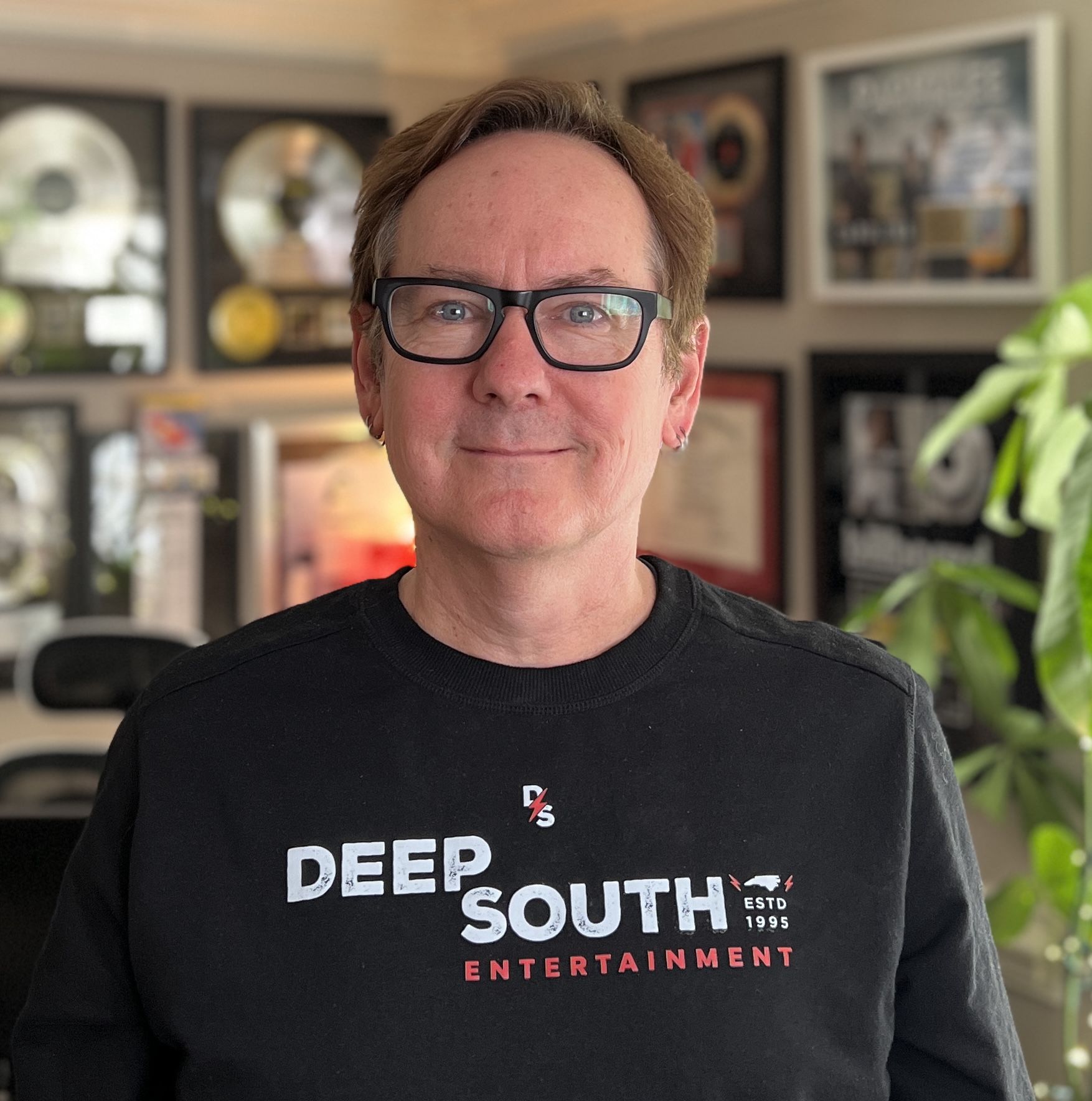
Dave Rose
CEO, Deep South Entertainment
How do you fit into the A&R space?
Having been in the business for close to 30 years, it’s been interesting to watch the role of A&R evolve. A lot of the A&R duties that take place inside a traditional label role are falling in the laps of other people. Starting as a record label helped me understand how complex that position is and how broad it can be. It was nice for me to jump in head first as a record label. And as a small, independent record label, we were everything. We were A&R, marketing, distribution, all of it. We would scout rising talent, put them on compilation CDs, and work press and radio, usually college. And we would share them with friends at major labels in hopes of developing these artists. That worked very successfully. We had over a dozen acts on our first few compilations get major label deals.
What are some of the ways you find artists?
Typically, the way I find talent is by listening to others. Quite often, it’s people not in the music business, because they have no agenda. Your dentist just knows great music. So it’s keeping an eye on what others talk about.
What key elements do you look for in artists?
One of the first things I ask an artist is, “What’s your goal?” I love that not every artist has the same goals. Some want world domination. Others just want a thousand fans that can give them a sustainable living. Where do you want to go? Where do you want to be? That dictates a lot about whether I can help. And it depends on genre. Country music operates differently than even bluegrass, for example. It’s making sure that what the artist wants to do, where they want to go, and what their goals are match up with reality.
How do you develop the skills to deal with problems?
I was in several indie rock bands. We were certified aluminum foil. All seven of our fans really liked us. I made every mistake. The first compilation we put out had one of my bands on it. And it landed right between several acts that went on to achieve huge success. That was an early indication that that’s the side of the business I should be on. I’ve logged hundreds of thousands of miles touring, countless hours in the studio, written hundreds of songs. I’ve lived the life. So I understand what a musician has to go through. Playing, touring, and recording taught me more than I could learn anywhere else.
How can aspiring A&R reps get into the profession?
There’s one thing every band and artist needs: help. Find your favorite local artist, go to their show, and say, “What can I do to help?” And freely give your time and energy. That’s how I got into this. I met a rock band. I went to one of their shows, liked them, and said, “What could I do?” The next show, I was unloading gear. The show after that, I was selling merchandise. Five or six shows later, they asked me to be their manager. I didn’t even know what a manager was. Eventually, they lost their bass player, so I learned how to play bass just to keep the band going. Whatever your skills are, it’s almost certain that an independent artist is going to need your help.
